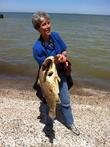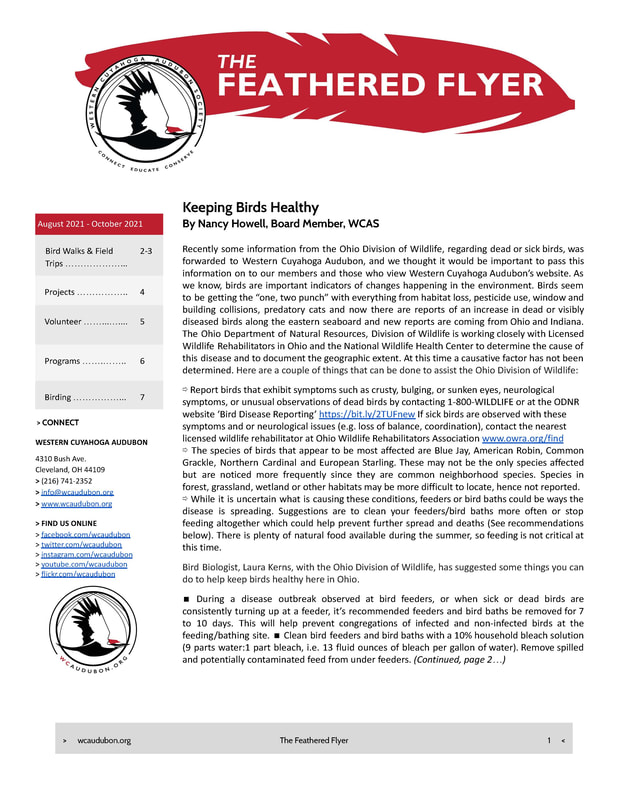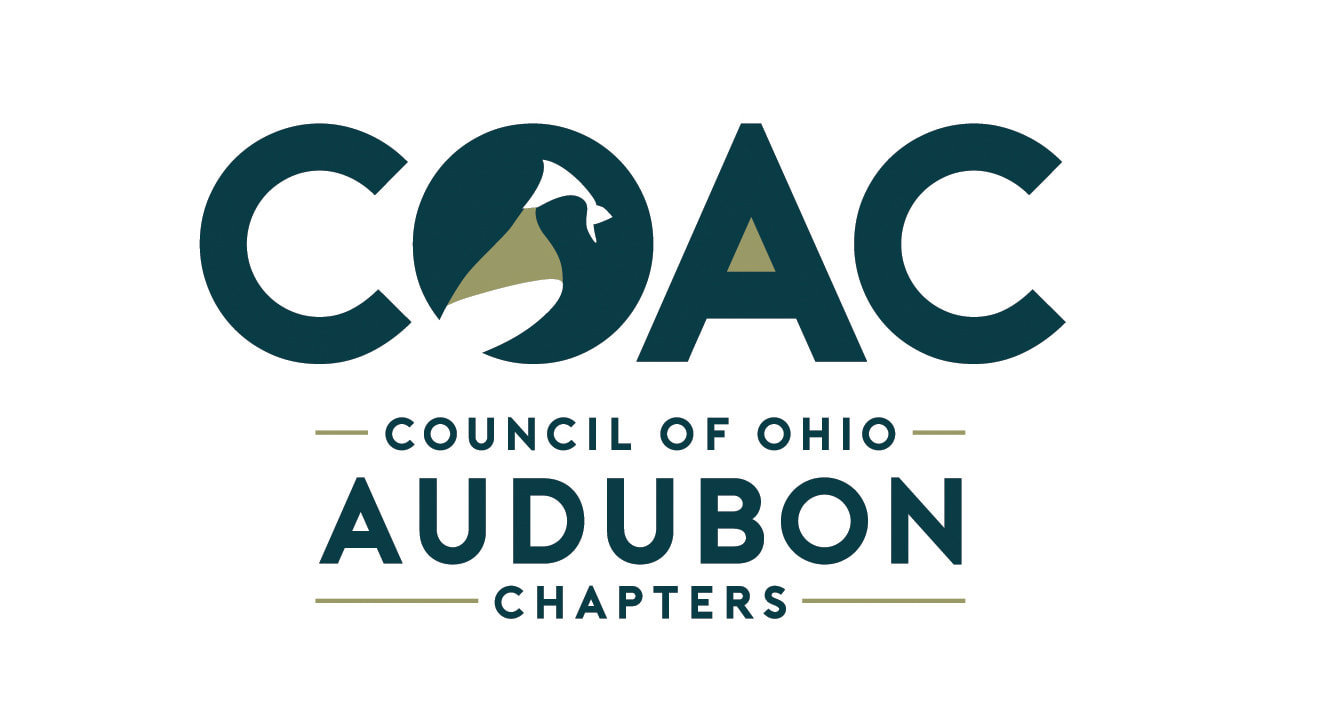House Sparrows will pursue Japanese Beetles in flight (the beetles are not fast) and then, with a satisfying crunch, the birds chomp down on them, not unlike humans enjoying a crisp chip.
As I am writing this I am listening to the sounds of many House Sparrows (Passer domesticus) congregated in the shrubs in front of the house. Sometimes I respect them and sometimes I want to get rid of every single one. Then I think how adaptable this species is to the changes they confront. If some great catastrophe occurs on this planet, some say that rats and cockroaches would still be here … I might include the House Sparrow too.
Whether in an urban, suburban or rural area, House Sparrows are not too difficult to find. As mentioned earlier, they are adaptable, they are social … plus they have one more thing going for them, they thrive in the presence of humans. Originally brought to the United States from Europe in 1850, the House or English Sparrow quickly spread throughout North America. Looking for information about this sparrow in your field guide? Don’t look in the section in which our native sparrows are described as the House Sparrow is an Old World (Europe, Asia and Africa) species listed at the end of a field guide or checklist. So what makes the House Sparrow so intriguing? For one, they are generalists in food habits eating a wide variety of items, including popcorn, bread and baked goods, French fries and other fast food items dropped by humans. Stop by a coffee shop and have your scone or muffin on the patio, but better watch out for the little beggars. House Sparrows will snatch pieces of bakery right off a plate if the coffee drinker is not attentive. Have a bird feeder in your neighborhood? The House Sparrow will feed on almost all seeds and nuts from feeders (sunflower seed, millet, cracked corn, thistle, peanuts and more). In rural, farmland areas the House Sparrow feeds on grains and livestock feed in feedlots and can be found in farm fields gleaning corn and small seeds after the harvest. But wait, there’s more. House Sparrows and their young need protein too and insects and other invertebrates providing that. House Sparrows have been observed feasting upon insects that are on the grilles of parked vehicles. One of my favorite sightings is during the summer when Japanese Beetles are abundant. House Sparrows will pursue the beetles in flight (the beetles are not fast) and then, with a satisfying crunch, the birds chomp down on them, not unlike humans enjoying a crisp chip. Why should I look at a little, brown bird? True, at a quick glance it is mostly brown, but look closely. In in breeding plumage (spring and summer) the male sports colors of gray, rust, black and white around his head, back and breast. The female is rather mousy brown. Interestingly, if you look at a male House Sparrow in the fall and early winter you will barely see the black bib under his throat and chest, or the brighter rust and white. As winter and spring progress the colors becomes more prevalent. What gives? The feathers themselves! Throughout the winter the grayish feathers tips wear away exposing the handsome dark bib and brighter colors. So the dapper male and pretty female look good in their spring finery. Throughout the spring and summer males attempt to attract females, not with flamboyant colors or a gorgeous song but with their fresh plumage, incessant chirping and displays consisting of hopping around, breast thrust forward, wings drooping, and tail cocked up – who could resist? Females mostly seem bored with the whole display, but perhaps they are scrutinizing the male’s fitness and health, just waiting for the right moves. Once paired, it is on to nest building, if what is constructed can be called a nest. Tending to be a messy affair, nests may be built in tree cavities, nest boxes, nooks and crannies of buildings or among branches of thick shrubs and evergreens. Both male and female construct the nests of grasses, feathers, city and suburban debris, such as ribbon, string, cellophane wrap and even cigarette filters. On the next outing to a shopping center no doubt you will locate a House Sparrow nest. Look at the big electric letters or numbers on the outside of the building as nests are often constructed in the openings of certain letters of the alphabet (“o”, “p”, “q”, “b”) and some numbers as well (6, 8 or 9). What looks like a messy bunch of grass stuffed in one or more of the openings … yes, you located the nest. Since the signs are electric, sometimes the dry materials of the sparrow’s nests catch fire. Not good. There is so much more that can be discovered while watching this common species. So call the House Sparrow what you will, a street urchin or a bird that has earned street cred, take the time to observe … you may see something fascinating right in your own backyard. Download: The Lowly or Awesome House Sparrow? by Nancy Howell
What experiences do you have to share about the House Sparrows you've met? Add your story in the comment box below. We'd love to hear from you!
Make A Donation to Western Cuyahoga Audubon. Your gifts guarantee chapter activities, programs and research continues to reach members and connect to birding conservationists around the world. Use our safe and secure PayPal payment button below to make a donation of any amount you choose. All donations are gratefully received.
Comments
|
Story BlogThe Feathered Flyer blog publishes human interest stories about birding and habitat conservation. After watching, ‘My Painted Trillium Quest' by Tom Fishburn, Kim Langley, WCAS Member said, “Wonderful! It was a lift just knowing that such a site exists and is being protected!”
Media LibrariesQuarterly NewsletterSTORIESPodcastsWCAS is a proud member of The Council of Ohio Audubon Chapters (COAC) and promotes chapter development by sharing the best practices, brainstorming solutions to common problems, and building relationships in workshops and retreats. Subscribe
VideosYouth
Advocacy
Clean Energy
Reporting
Awards
Volunteerism
Take ActionResourcesBlogsArchives
October 2023
Categories
All
|
EDUCATENews Blog
Monthly Speakers Field Reports Bird Walk Reports Christmas Bird Count-Lakewood Circle Media Library Newsletter Archive Education Resources STORE |
Western Cuyahoga Audubon Society
4310 Bush Avenue Cleveland, Ohio 44109 [email protected] Western Cuyahoga Audubon Society is a 501(c)(3) nonprofit organization. Your donation is tax-deductible. The tax ID number is: 34-1522665. If you prefer to mail your donation, please send your check to: Nancy Howell, Western Cuyahoga Audubon Treasurer, 19340 Fowles Rd, Middleburg Hts, OH 44130. © 2020 Western Cuyahoga Audubon Society. All rights reserved. Privacy Policy | Terms of Use | Legal | Store Shipping Rates | Site Map |










 RSS Feed
RSS Feed

